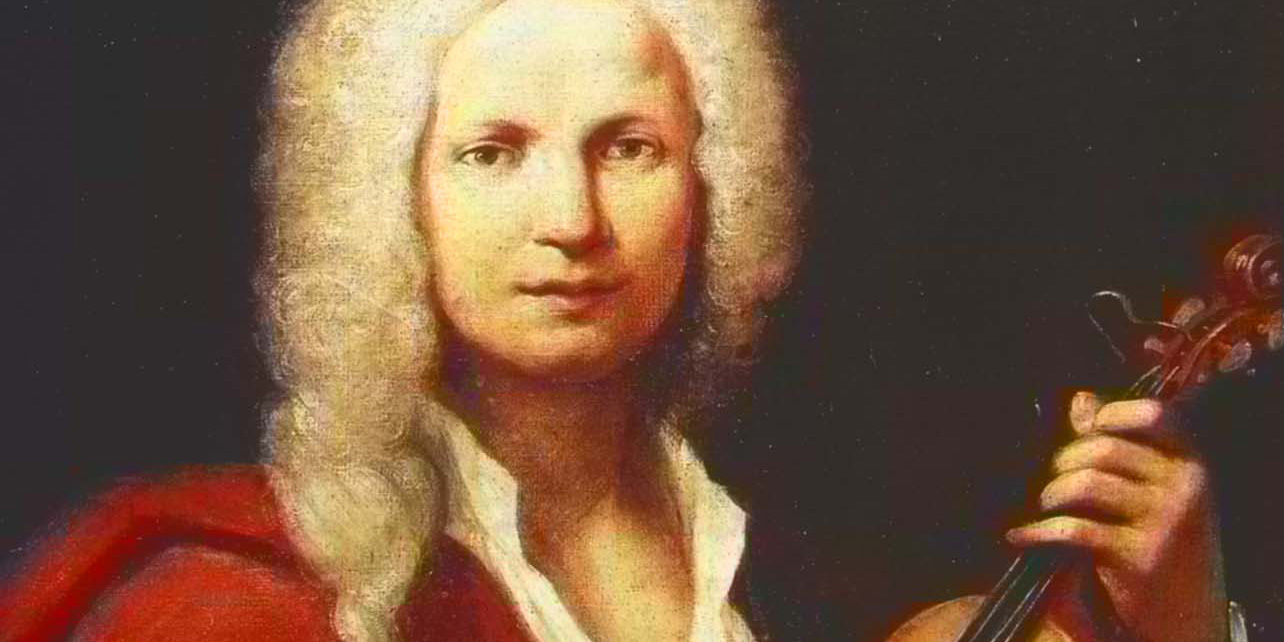Antonio Vivaldi, one of the most celebrated composers of the Baroque era, is renowned for his contributions to both sacred and secular music. Among his masterpieces is the Gloria in D Major, RV 589, a sacred choral work that has become one of his most enduring and frequently performed compositions. This article delves into the fascinating history and context of this iconic piece.
Background: Vivaldi’s Life and Career
Antonio Vivaldi (1678–1741), an Italian composer, violinist, and priest, spent much of his career in Venice. Known as the “Red Priest” due to his red hair, Vivaldi was a prolific composer who produced hundreds of works, including concertos, operas, and sacred music. Much of his sacred output was composed during his tenure at the Ospedale della Pietà, a convent and orphanage for girls in Venice. The institution was renowned for its extraordinary musical education and performances, often conducted by the young women under Vivaldi’s direction.
The Composition of Gloria
Vivaldi likely composed Gloria around 1715 during his time at the Pietà. The work is part of his larger collection of sacred music intended for the talented singers and instrumentalists of the institution. Although Vivaldi composed at least two settings of the Gloria, RV 589 is the most famous. Another version, RV 588, is less frequently performed but equally notable for its stylistic innovations.
The text of Gloria is derived from the traditional Latin hymn, the Gloria in Excelsis Deo, which is a key part of the Catholic Mass. This celebratory hymn praises God’s glory, peace, and mercy, making it a fitting choice for liturgical and festive settings.
Structure and Highlights
Gloria in D Major is structured into 12 movements, each offering unique musical interpretations of the hymn’s text. The work combines grandeur, joy, and introspection, showcasing Vivaldi’s skill in blending vocal and instrumental elements. Highlights of the composition include:
- “Gloria in excelsis Deo” – The opening movement bursts with energy and joy, setting a jubilant tone.
- “Et in terra pax” – This contrasting section is contemplative and serene, emphasizing the message of peace.
- “Domine Deus” – A tender soprano solo, accompanied by delicate strings, reflects humility and devotion.
- “Cum Sancto Spiritu” – The closing fugue is a brilliant culmination of the work, full of dynamic interplay and complexity.
Rediscovery and Popularity
Despite Vivaldi’s fame during his lifetime, much of his music, including Gloria, fell into obscurity after his death. The Gloria manuscript was rediscovered in the 1920s and first performed in modern times in 1939. This revival marked the beginning of the piece’s ascent to popularity in the 20th century.
Today, Gloria is a staple of the choral repertoire and is frequently performed by choirs, orchestras, and soloists worldwide. Its blend of exuberance, lyricism, and technical brilliance continues to captivate audiences.
Conclusion
Antonio Vivaldi’s Gloria remains a testament to his genius and his ability to convey profound spiritual themes through music. Its history, rooted in the vibrant musical culture of Venice and the Pietà, adds to its mystique and appeal. Whether experienced in a grand cathedral or a concert hall, Gloria is a shining example of Baroque sacred music at its finest.
For anyone seeking to explore Vivaldi’s works or the grandeur of Baroque music, Gloria is a perfect starting point—a masterpiece that continues to inspire and uplift listeners centuries after its creation.


Comments are closed